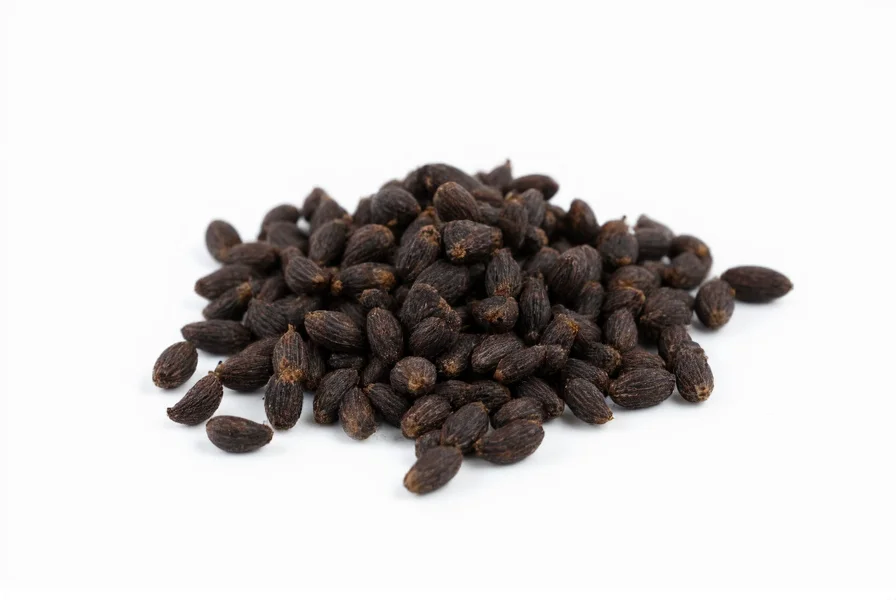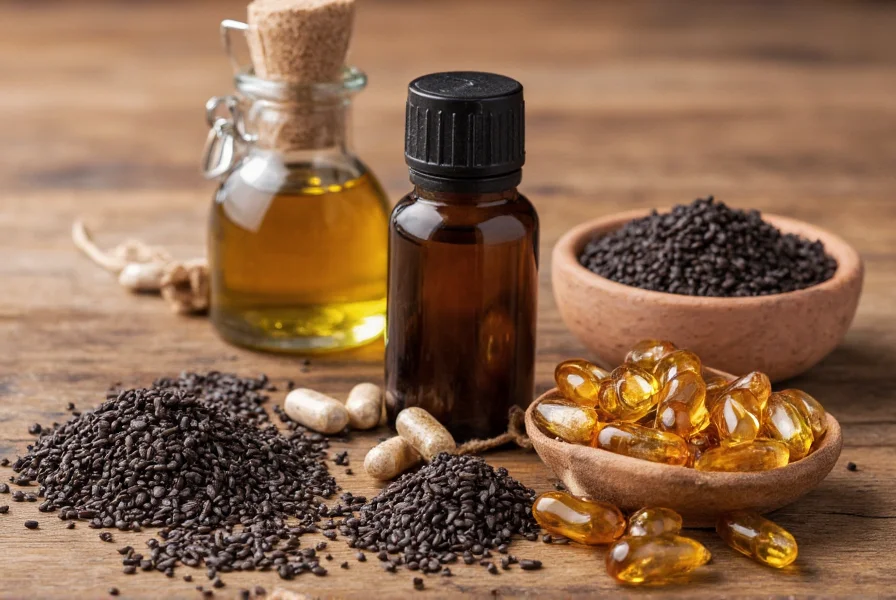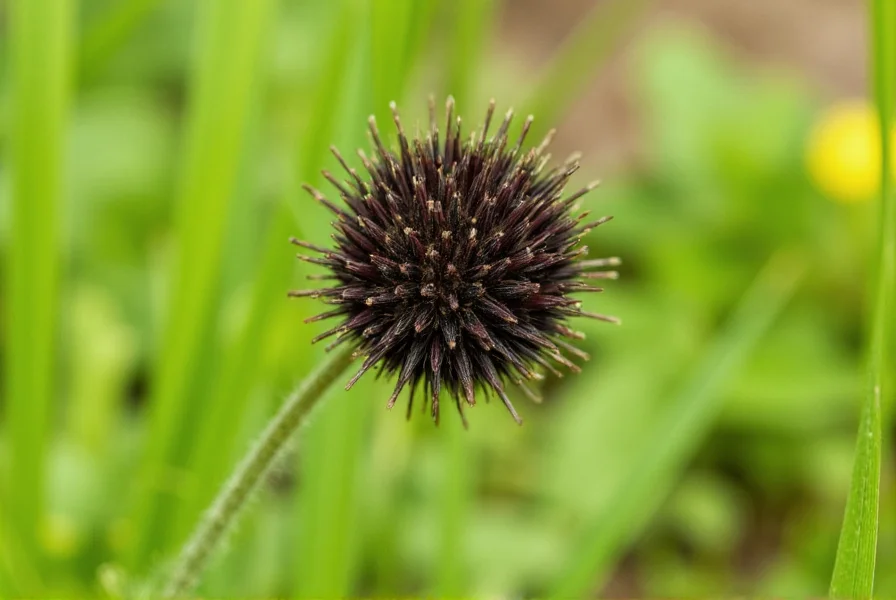Understanding the difference between black cumin and regular cumin is essential for proper usage. While both are culinary spices, black cumin (Nigella sativa) originates from a different botanical family than common cumin. Black cumin seeds are small, black, and crescent-shaped with a pungent, slightly bitter flavor, whereas regular cumin seeds are larger, lighter in color, and have a warmer, earthier taste profile. This distinction matters significantly when seeking specific health benefits associated with black cumin seeds benefits.
Historical Significance and Traditional Applications
Archaeological evidence shows black cumin seeds were found in ancient Egyptian sites, including Tutankhamun's tomb, suggesting their importance in early medicinal practices. Traditional healing systems like Unani and Ayurveda have utilized black seed oil for respiratory support, digestive health, and skin conditions for millennia. Historical texts from Islamic medicine, including references by Prophet Muhammad, describe black cumin as a remedy for numerous ailments, contributing to its enduring cultural significance across the Middle East and South Asia.
Scientific Composition and Active Compounds
The therapeutic properties of black cumin primarily derive from its complex chemical composition. Thymoquinone constitutes approximately 30-48% of the essential oil and serves as the most researched bioactive component. Other significant compounds include:
| Compound | Natural Concentration | Primary Properties |
|---|---|---|
| Thymoquinone | 30-48% of essential oil | Antioxidant, anti-inflammatory |
| dithymoquinone | 5-15% | Antimicrobial, neuroprotective |
| Nigellone | Trace amounts | Anti-asthmatic, bronchodilatory |
| Alpha-hederin | 1-3% | Immune-modulating |
These compounds work synergistically, creating what researchers call the "entourage effect," where the combined action exceeds the sum of individual components' effects. This explains why whole black seed oil often demonstrates more comprehensive benefits than isolated thymoquinone in scientific studies on black cumin.

Evidence-Based Health Benefits
Modern research has investigated numerous potential applications of black cumin, with varying levels of scientific support:
Immune System Modulation
A 2020 systematic review published in Phytotherapy Research analyzed 25 clinical trials and found black seed oil demonstrates significant immunomodulatory effects. The review noted enhanced natural killer cell activity and balanced cytokine production, suggesting potential benefits for immune support without overstimulation. This evidence supports traditional uses of black cumin for immune support, particularly during seasonal challenges.
Metabolic Health Support
Multiple randomized controlled trials indicate black cumin may support healthy metabolic function. A 2021 study in the Journal of Ethnopharmacology followed 120 participants with metabolic concerns and found those taking 2g of black seed powder daily showed significant improvements in key markers compared to placebo after 8 weeks. Research suggests black cumin for blood sugar management works through multiple pathways, including enhanced insulin sensitivity and reduced oxidative stress in pancreatic cells.
Respiratory Wellness
Clinical evidence supports traditional uses of black cumin for respiratory health. A double-blind trial with 80 participants published in Respiratory Medicine demonstrated that black seed oil supplementation significantly improved lung function measurements and reduced symptom frequency in people with occasional respiratory discomfort. The anti-inflammatory properties of thymoquinone appear particularly relevant for respiratory wellness applications.
Practical Usage Guidelines
Black cumin is available in several forms, each with specific usage considerations:
- Whole seeds: Can be dry-roasted and used as a spice in breads, curries, and pickles. Typical culinary dosage: 1-2 grams daily
- Cold-pressed oil: Preferred for therapeutic use. Standard dosage: 1-2 teaspoons daily, preferably with food
- Capsules: Typically contain 500mg seed powder. Common dosage: 1-2 capsules twice daily
- Topical applications: Diluted oil (1:1 with carrier oil) for skin concerns
For optimal absorption, consume black cumin products with healthy fats, as thymoquinone is fat-soluble. Many practitioners recommend cycling usage—8 weeks on, 2 weeks off—to maintain effectiveness. When selecting products, look for cold-pressed, organic black seed oil stored in dark glass bottles to preserve potency of black cumin oil uses.
Safety Profile and Considerations
Black cumin demonstrates an excellent safety profile when used appropriately. The European Medicines Agency classifies Nigella sativa as generally safe for consumption. However, certain considerations apply:
- Pregnant women should avoid therapeutic doses due to potential uterine stimulation
- May enhance effects of blood sugar-lowering medications—monitor levels closely
- Rare cases of contact dermatitis reported with topical use
- Discontinue use at least 2 weeks before scheduled surgery due to potential blood sugar effects
A comprehensive safety review published in Food and Chemical Toxicology concluded that daily doses up to 5 grams of seed powder or 3 mL of oil appear safe for most adults. As with any supplement, consult your healthcare provider before starting black cumin supplementation, especially if managing health conditions or taking medications.

Quality Assessment for Consumers
Selecting high-quality black cumin products requires attention to several factors:
- Origin: Seeds from Mediterranean and Middle Eastern regions typically show higher thymoquinone content
- Processing: Cold-pressed oils retain more active compounds than solvent-extracted varieties
- Packaging: Dark glass bottles protect against light degradation
- Third-party testing: Look for certificates verifying thymoquinone content and absence of contaminants
When evaluating black cumin for immune support or other therapeutic uses, check for standardized thymoquinone content (typically 2-3% for seeds, 0.5-1.5% for oils). Reputable manufacturers provide batch-specific testing results rather than generic claims about black cumin seeds benefits.
Current Research Limitations and Future Directions
While promising, research on black cumin has limitations. Many human studies use small sample sizes, and optimal dosing protocols remain under investigation. Most clinical trials last 8-12 weeks, leaving long-term effects less documented. Future research directions include:
- Standardized extraction methods for consistent thymoquinone delivery
- Long-term safety studies across diverse populations
- Mechanistic studies on black cumin for specific health applications
- Comparative effectiveness with conventional approaches
Researchers emphasize that while black cumin shows significant potential, it should complement rather than replace conventional approaches for health management. The growing body of scientific evidence on black cumin continues to validate many traditional uses while identifying new potential applications.











 浙公网安备
33010002000092号
浙公网安备
33010002000092号 浙B2-20120091-4
浙B2-20120091-4